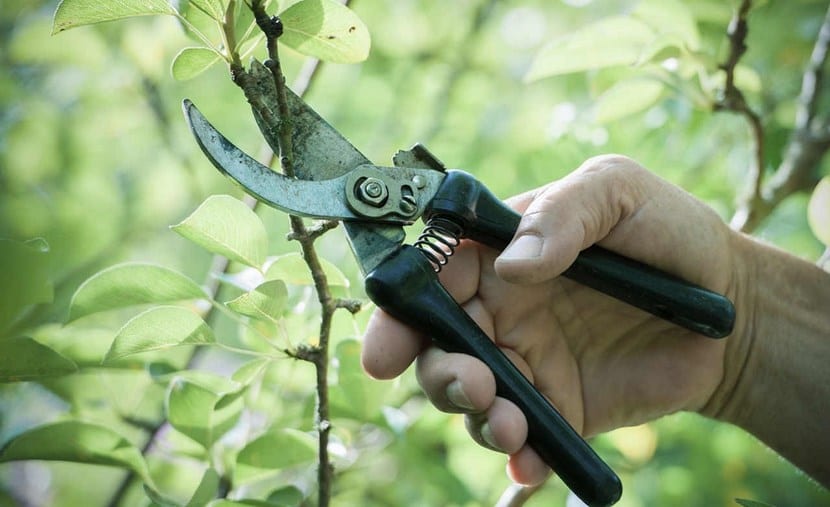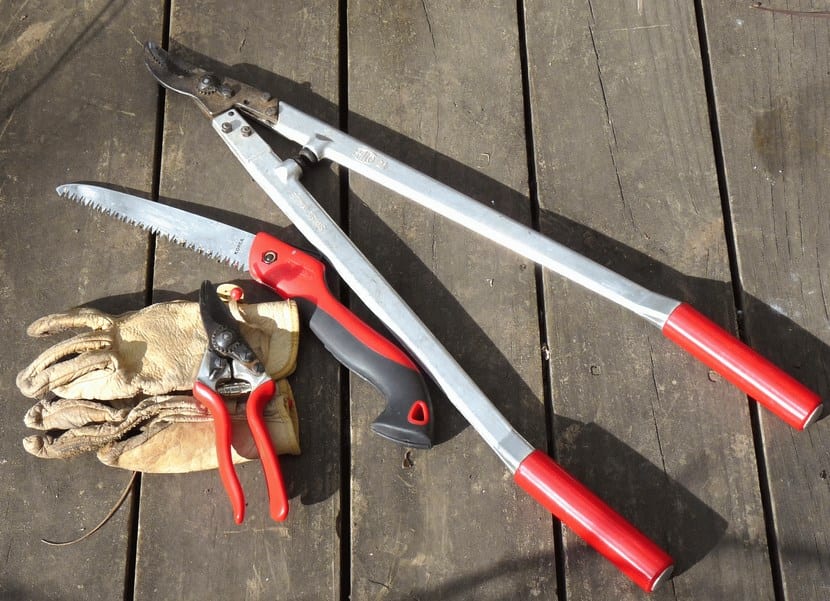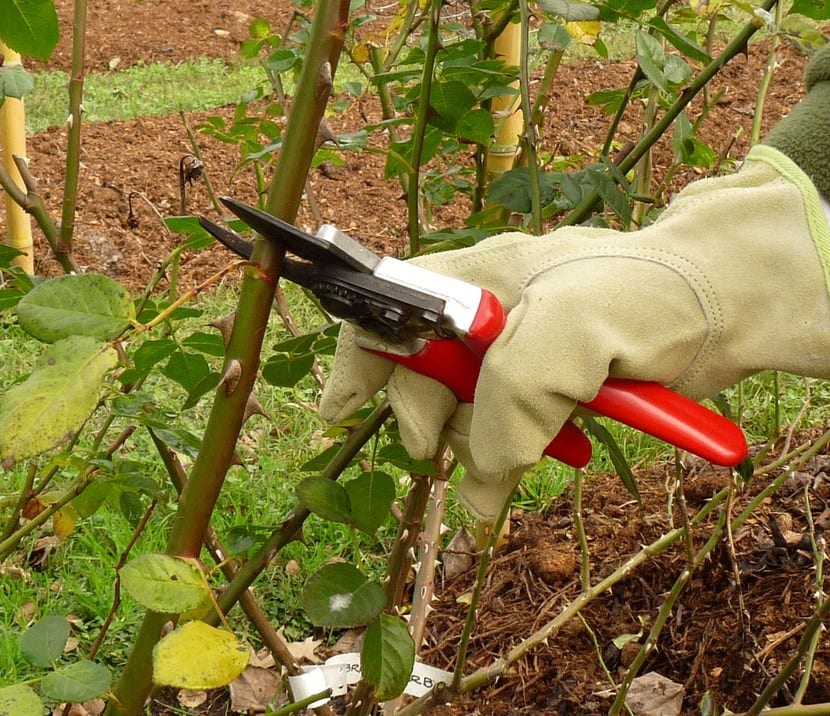
We all know that pruning is one of core gardening tasks but what many do not know are the details of this routine. When and how to do it? What is the right time to prune the plants?
Today we are dedicated to studying the plant kingdom in order to give you some tips that will help you know the precise moment when it is necessary to take the scissors to prune the garden.
Why prune

Both plants and trees and shrubs need regular pruning to redirect energy and free themselves from broken, damaged or dried branches, leaves and flowers. Pruning is essential because by trimming some sectors, the plants improve their development and appearance.
But you have to be careful when it comes to prune the plants because a poorly performed pruning can end up damaging the plant in question. That is why the first thing to learn about plant pruning it is knowing how to observe in order to detect the way in which a specimen is growing and proceed to cut if necessary.
Let us remember that both plants and trees and shrubs have new growth year after year, both at the ends of the branches (terminal shoots) as the lateral shoots that arise from the lateral branches. It is essential to study the side shoots as these determine both the direction of growth and the rate at which the development of the plant occurs. It is these that will form the branches and stems that will be the base of the larger branches of the plant, its skeleton. There are also the sleeping sprouts, which are hidden and only develop in case the terminal and lateral shoots are damaged.
Reasons to prune a plant

We said that pruning is linked to controlling the development of plants, however it is useful to know that there are several reasons why it is necessary to control growth.
Among the main reasons to prune a plant are:
- - the production of better quality fruits.
- - The flowering improvement in order to achieve a more abundant.
- - The plant size improvement as well as its appearance.
- - Balance the plant after a transplant so that both the branches and the roots are in harmony.
- - The stimulation of the growth and the general balance of the plant.
- - The removal of old parts of a plant (stripes, flowers, fruits, etc.) to rejuvenate it.
- - "open" the plant so that, removing old branches, between air and light to the stem.
- - Avoid the appearance of diseases through damaged stems, which give rise to the appearance of microorganisms.
Once the problem has been detected, the species must be taken into account as there are plants that need a seasonal pruning while others one maintenance pruning, flowering or regular pruning throughout the year. There is no rigid rule and that is why it is necessary to combine the equation that links the species to the time of year. In addition, it is necessary to know that there are specific prunings for some species such as rose bushes, vines or ornamental trees. Little by little we will get to know each one of them so start sharpening your pruning shears!